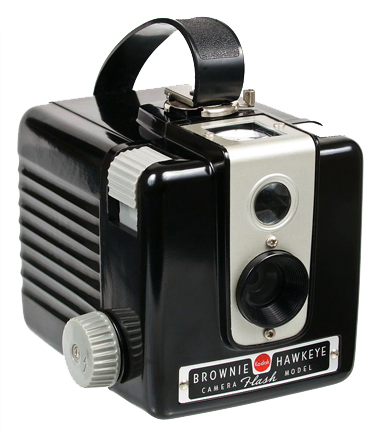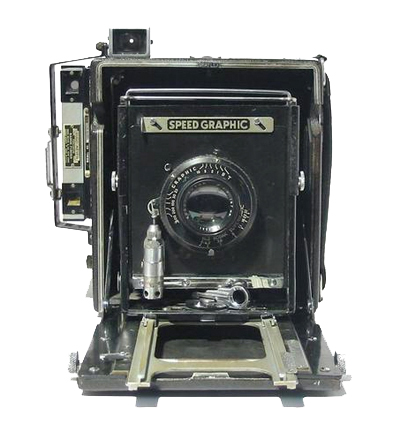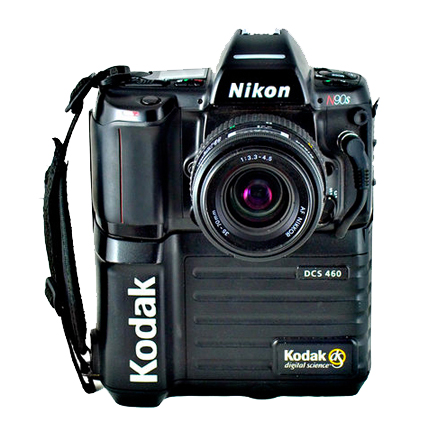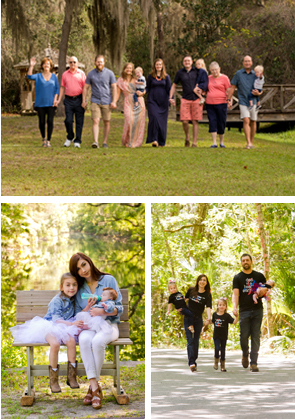Three Landmark Cameras In My Life As A Chicago Photographer
August 16th, 2013The three cameras that impacted my life and career could not have been more different. The Kodak Brownie Hawkeye my folks gave me for my tenth birthday in the 50’s was my first camera. It went on sale in 1949 and sold for $5.50. I had fun with it, but other than taking photos at holidays, that was about it. A couple of years later at the age of thirteen, a close friend, John Semmlow (now Dr. John Semmlow, a noted professor and scholar with a PHD in Bio Mechanical Engineering) showed me how to make photographic prints in his basement darkroom. It was love at first sight, I was hooked, I knew immediately photography would be my life. Watching that first print slowly appear on a blank sheet of paper was the coolest thing I had ever seen.
I immediately began saving money for the camera that fired my passion for photography, a used Graphlex Speed Graphic. It was a vintage press photographer’s camera that was introduced in 1940. With a retail price new in 1947 of $250, it was large, clumsy, complex and the film was awkward to use in 4″x5″ individually loaded film holders. The film was also expensive, but wow, I was a now a real photographer. I bought several other cameras in the next two years including a twin lens reflex and various inexpensive 35mm cameras, but the Brownie Hawkeye and the Speed Graphic were my first cameras.
The more recent watershed camera was my 1996 Kodak DCS460 digital single lens reflex. Slow by today’s standard, it took a couple of seconds to record the second and third image in a three frame burst and it took another 10 seconds to cycle to the next one, two or three frame bursts. My newest cameras shoot at a 10 frame per second rate and capture more than 40 frames at a time. Contrary to what was commonly thought about digital photography in ’96, the quality was amazing by any standards, including larger than 35mm film formats. I was one of the very first high end photographers in 1996 to jump on the digital bandwagon in spite of the daunting learning curve and the $28,000 cost of the camera. In addition to the camera’s cost, I invested another $30,000 in a new computer, memory and peripherals to make a complete transition away from film. I learned quickly and found myself lecturing about digital photography to pro photographers and fourth year and graduate college students working toward college degrees in photography, often discovering a strange lack of interest in digital from many who argued against the transition away from traditional photography. I was convinced in 1996 that digital photography would inevitably replace film, I believed we had moved to the world of pixels. I didn’t think it would happen as fast as it has. I’m proud of the fact the fact that I was the first Chicago photographer working primarily with advertising agencies in 1996 to completely stop using film in favor of digital photography. What a rush! My first digital camera cost 5,100 times more than my first camera.



